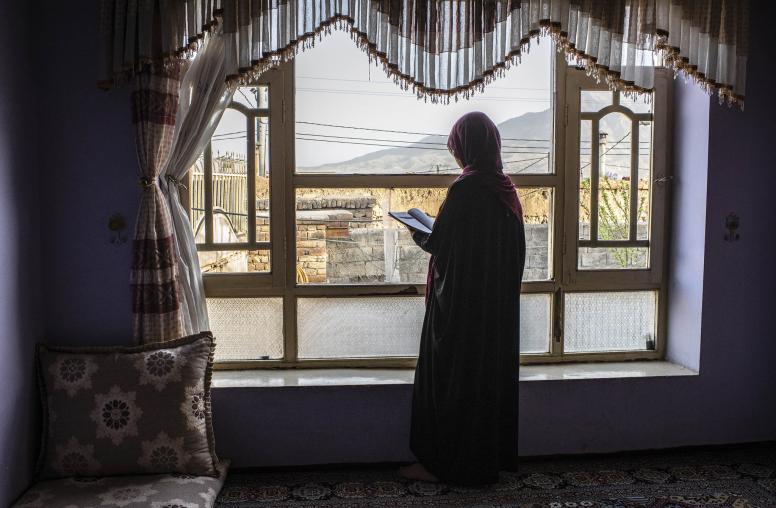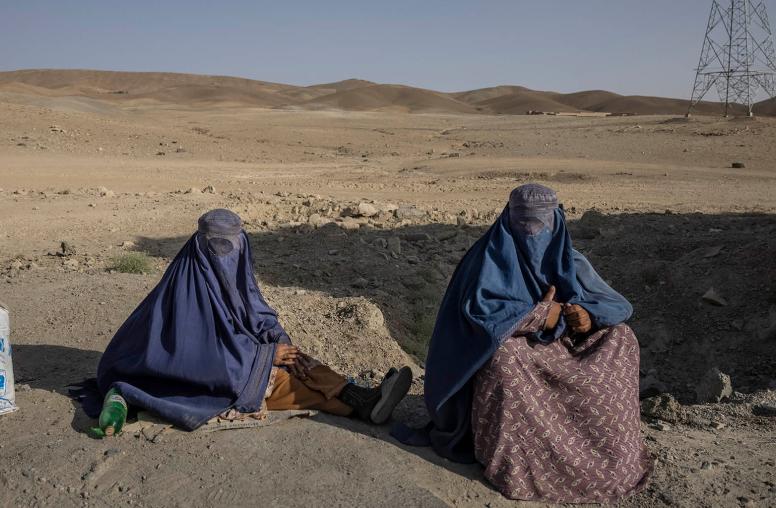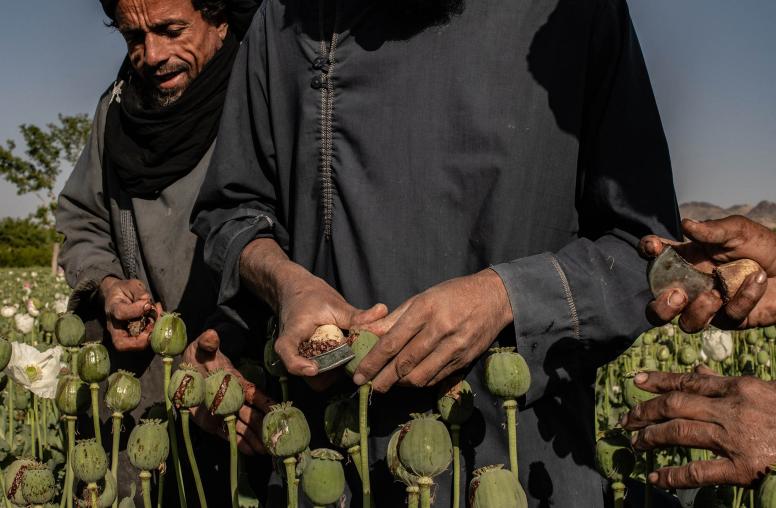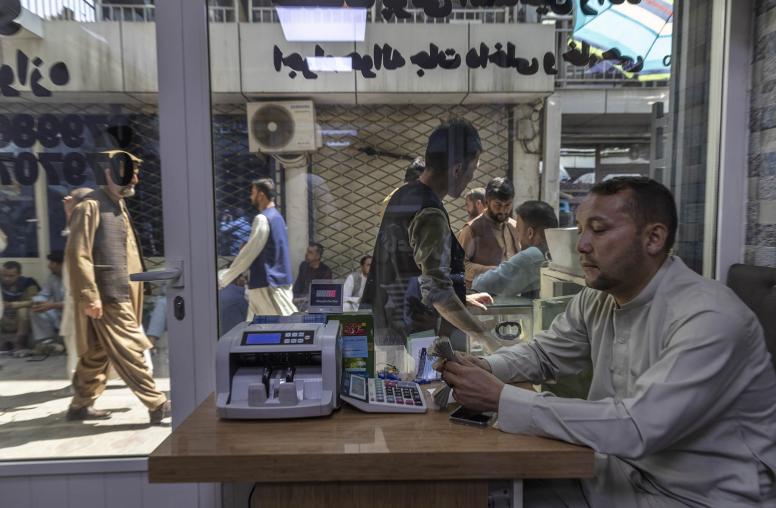Afghanistan’s impressive revenue turnaround in 2015—when total government revenue exceeded expectations with an increase of 22 percent—has been followed by further rapid revenue growth in the first half of 2016. This represents an important achievement in the challenging context of Afghanistan, though the country will remain heavily aid dependent for the foreseeable future, underlining the importance of the upcoming Brussels international donor meeting on Oct. 5. There are concerns, however, over the weakness in collection of customs duties, the heavy reliance on new levies and the use of rate increases as opposed to expanding the tax base. Above all, the very weak Afghan economy, among other adverse effects, hurts revenue prospects.
Staff of Afghanistan’s Ministry of Finance and USIP have analyzed Afghanistan’s revenue performance in the first half of 2016, as part of their ongoing collaboration on fiscal monitoring and policy work. The resulting report shows that total revenue in the first half of this year reached nearly Afs 70 billion (just over US $1 billion), an extraordinary 33.3 percent increase compared to the same period of last year. Moreover, an estimated 37 percent of this revenue increase was due to greater revenue mobilization efforts of the government and new or higher tax rates imposed in the latter half of last year, as opposed to one-off windfalls or currency depreciation—indicating robust underlying revenue growth estimated at 12.4 percent. Preliminary data for the first eight months of the fiscal year show continuing rapid revenue growth, with total revenue up by 32.9 percent. Revenue growth for the full 2016 fiscal year appears on-track to reach well into double digits for the second year in a row.
“Average per-capita income is continuing to decline.”
How was this continuing very high revenue growth in the first half of 2016 achieved? Not, unfortunately, due to any substantial improvement in the economy, of which there is no significant sign in the revenue data nor in the macroeconomic indicators. Also worrying, collection of customs duties has been weak this year, virtually stagnating in nominal Afghan currency terms and declining by an estimated 16 percent in foreign exchange value. This deterioration, which appears to have continued in recent months, is a serious problem in an otherwise generally good picture and needs to be monitored and addressed.
New taxes and fees or increased rates introduced late last year have contributed most strongly to revenue growth. These include the doubling of the main Business Receipts Tax (BRT) rate from 2 percent to 4 percent, the 10 percent telecommunications service fee, higher overflight charges for use of Afghan airspace, and road toll fees for imported fuel and natural gas. Income tax receipts and revenue from the 10 percent BRT on services rose substantially in the absence of rate increases, most probably reflecting intensified collection efforts.
Other Markers of Progress
High revenue growth coincides with other markers of progress, including Afghanistan’s official accession to the World Trade Organization (on July 29), successful completion of the IMF Staff-Monitored Program (on May 13), the agreement on and approval of a new three-year IMF program (on July 20), and achievement many of the performance benchmarks under the Afghanistan Reconstruction Trust Fund Incentive Program and USAID’s New Development Partnership.
In addition, the Afghan government has focused on improving governance. For example, it is centralizing major procurement under the new National Procurement Committee, and 95 percent of top government officials have submitted their asset declarations as called for under Afghanistan’s Constitution.
These developments are setting the stage for the Brussels international conference on Afghanistan on Oct. 5, at which donor countries and international organizations are expected to reaffirm their continuing commitment to support Afghanistan and pledge or indicate civilian aid funding over the next four years. Brussels will follow the successful NATO summit in Warsaw on July 9, at which a total of around $4.5 billion per year was pledged to support Afghan national security forces (ANSF) through 2020.
Despite these achievements, the Afghan economy remains weak, not surprising in view of ongoing war and political uncertainty in the country. In 2015, real GDP growth was only 0.8 percent, and in 2016 economic growth is now projected at only 2 percent—well below the rate of population growth, meaning that average per-capita income is continuing to decline. Another sign of economic weakness is low levels of business investment and new firm registrations. Continuing efforts to aggressively collect more revenue from the relatively small formal sector of the Afghan economy, combined with tight expenditure policy, could become a further drag on economic revival and private sector investment. Creative approaches are called for to stimulate at least a modest economic revival.
Civilian Spending Needs
Turning to aid prospects, there is a risk that civilian expenditure needs get underfunded at the cost of Afghanistan’s overall progress. If the level of total annual civilian aid that has been discussed in some circles—around $3 billion per year—is what materializes, this would be considerably less than the international community committed at Warsaw in support of the ANSF, substantially below the $4 billion per year in civilian aid pledged at the Tokyo conference on Afghanistan in 2012, and well below current levels of civilian aid disbursements. Infrastructure investments and social programs such as education and health would suffer, and moreover, $3 billion per year appears to be insufficient to close Afghanistan’s large structural fiscal gap. If civilian aid pledges turn out to be higher and reach $4 billion per year, Afghanistan’s economy, development prospects, fiscal picture, and civil-military balance all would benefit.
How aid is channeled and delivered also is very important. Assistance routed through the Afghan government budget—especially aid that can be flexibly deployed by the government—will achieve more “bang for the buck” while helping maintain fiscal balance.
Afghanistan will continue to need large amounts of foreign assistance for many years, and feasible increases in government revenue will not change this picture. Reconciliation and a sharp reduction in violent conflict would yield a “peace dividend” for Afghanistan, but aid requirements would not rapidly decline, though the composition of support could then shift away from security in favor of demobilization, disarmament, and reintegration of combatants (DDR), reconstruction, and development. A key policy issue is how, over time, to expand the tax base in Afghanistan—which currently consists primarily of imports and the very small formal sector—so that revenue will grow rapidly if and when economic growth revives at least modestly.
William A. Byrd is a senior expert at the U.S. Institute of Peace, and M. Khalid Payenda is senior adviser to Afghanistan’s Minister of Finance and leads the Macro-Fiscal Performance Department in the Ministry of Finance. The views expressed are their own.



